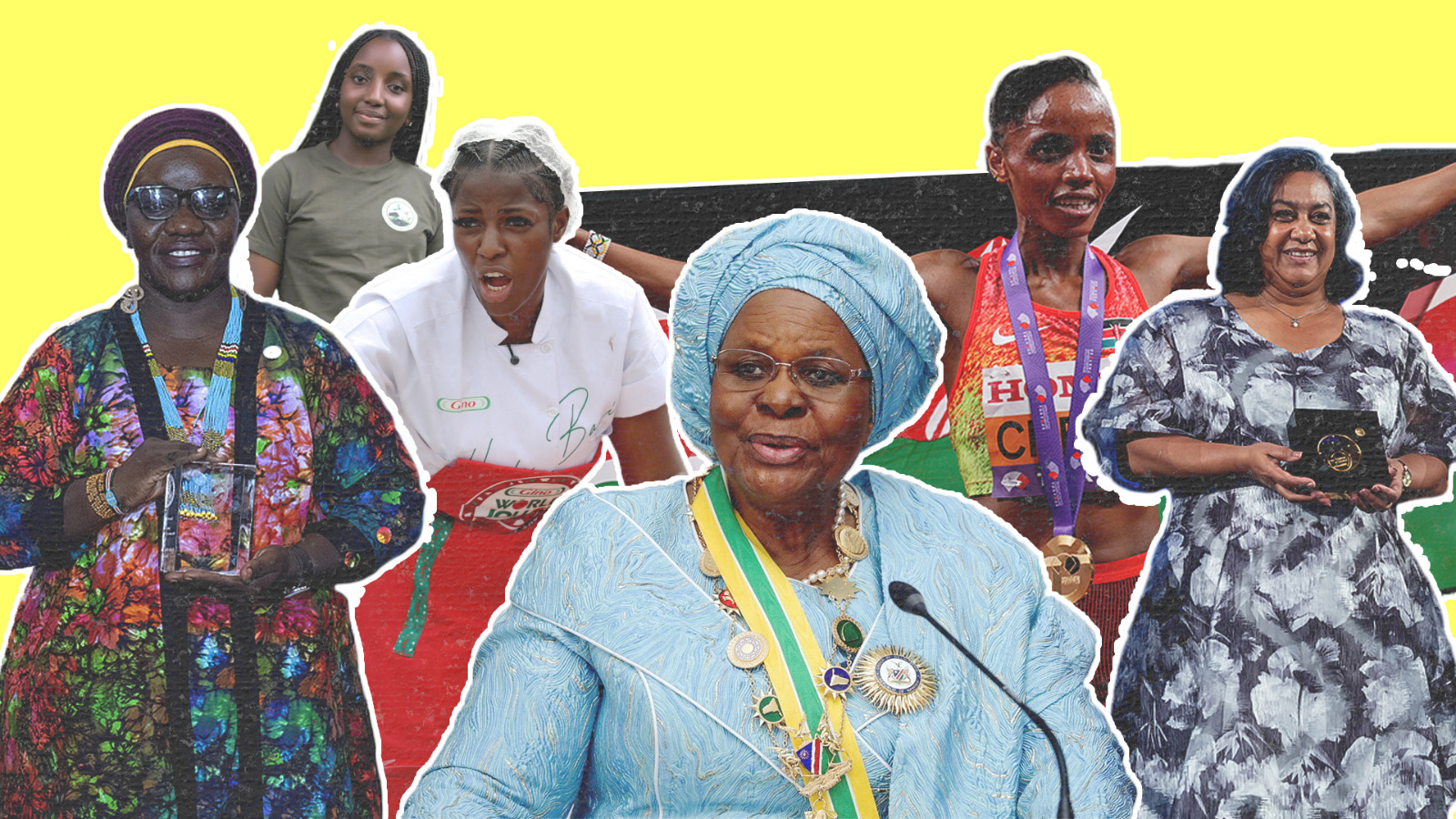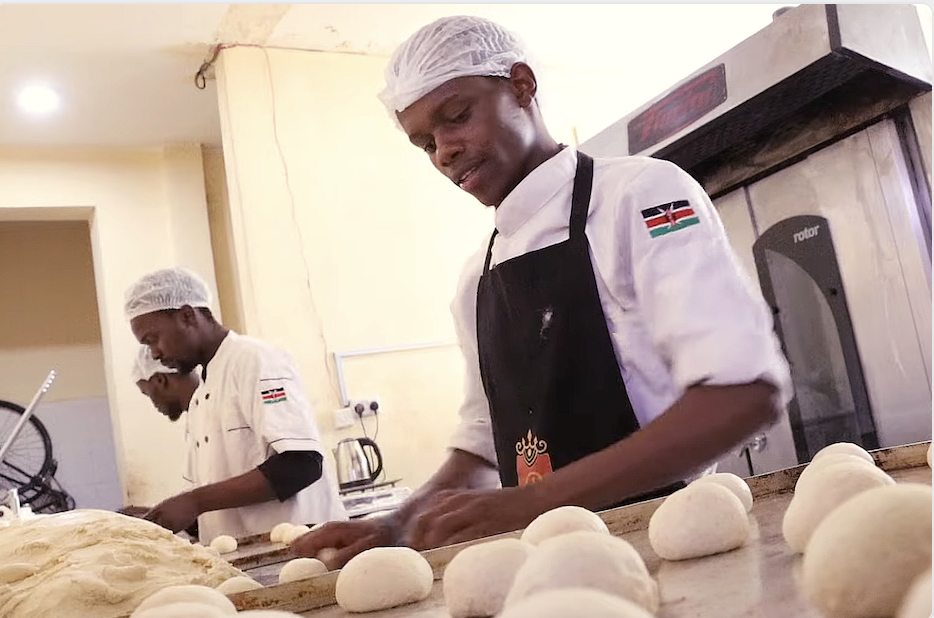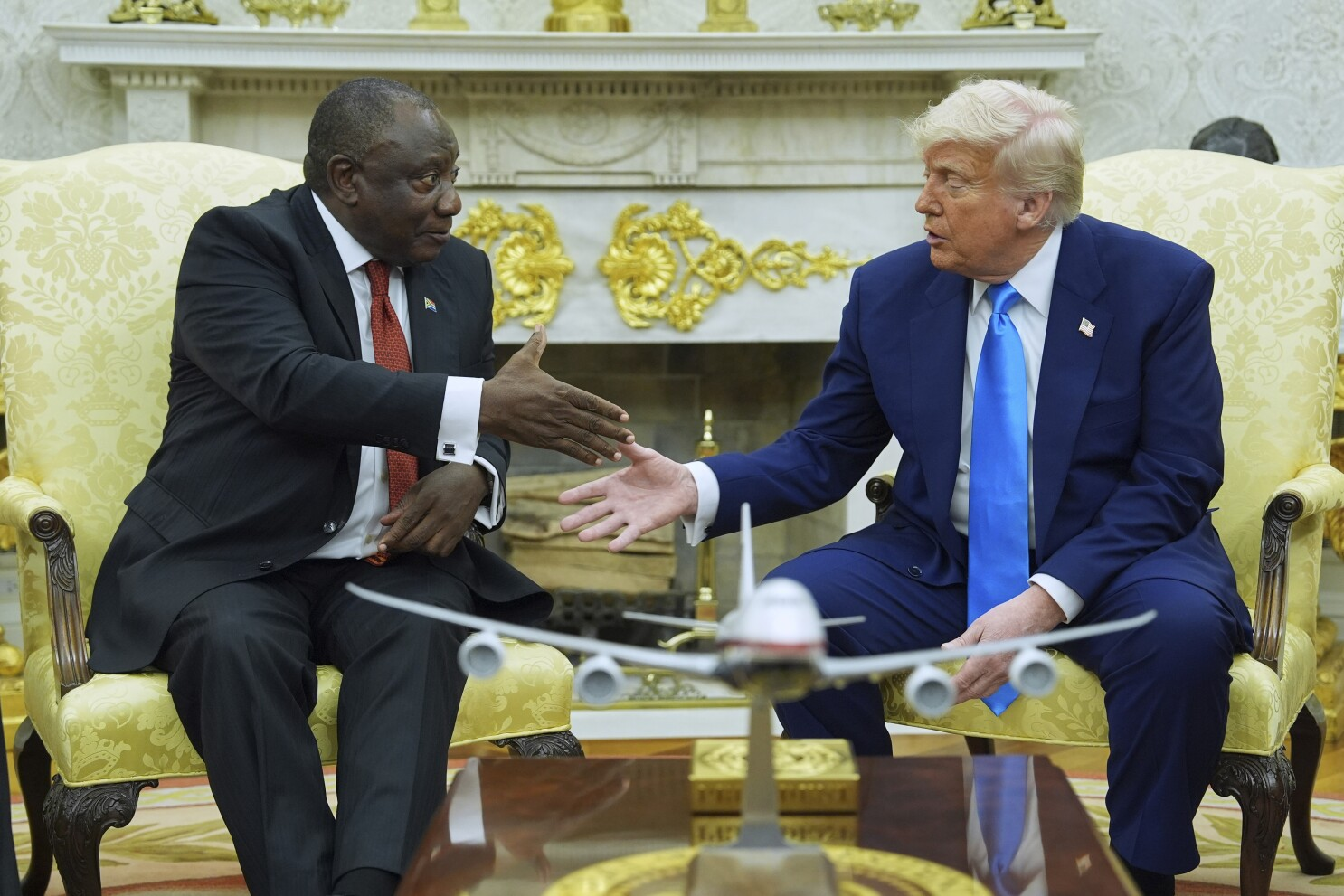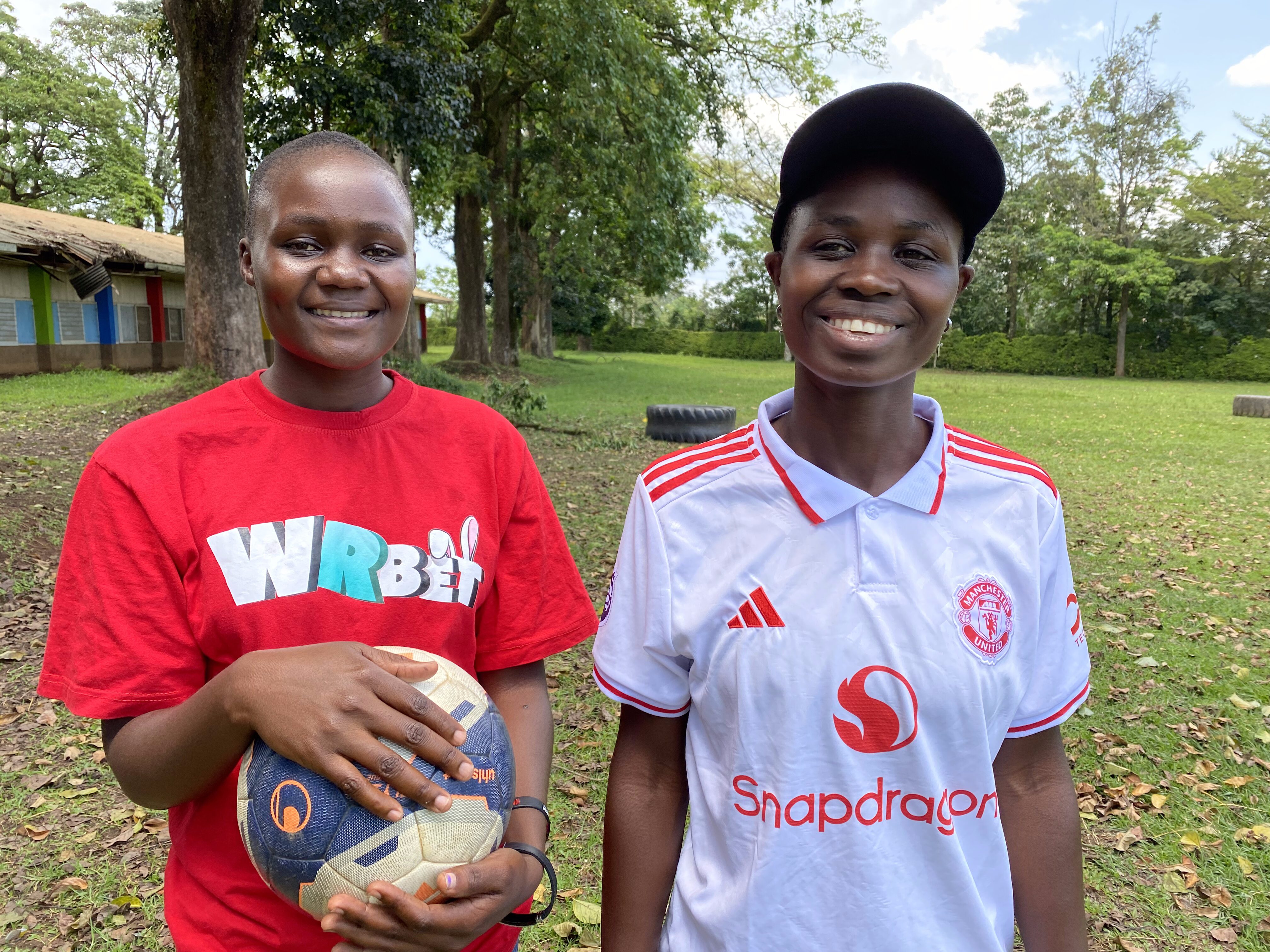
Reporter’s Diary: How a sign language interpreter bridges two worlds
When I first saw Esther Eulolo, she was communicating animatedly between a deaf player and coach: Maximila Kadenge and Hassan Hussein. There was no shouting or whistling, just gestures, signs, and mutual understanding. That image made me realize how easily those of us who can hear — myself included — take communication for granted. As I planned to speak to Esther during Maximila’s training session, I wondered what her life was like as a sign language interpreter.
During a short break, I asked Hassan if Esther was deaf. She heard my question, turned toward me, laughed softly, and said through a bright smile, “No, I can hear. I’ve studied sign language for 10 years.” I was amazed at how naturally she bridged two worlds: one of silence, another of sound.
Esther’s story began in Mumias, where she grew up surrounded by members of the deaf community. Church services every Sunday left a lasting impression on her as she watched deaf members of the congregation sit through sermons they could not follow.
“It touched me,” she recalled. “I wondered how I could break that communication barrier?”
That question would shape her life, and, as I listened, it struck me that communication isn’t about sound, but empathy and intent.
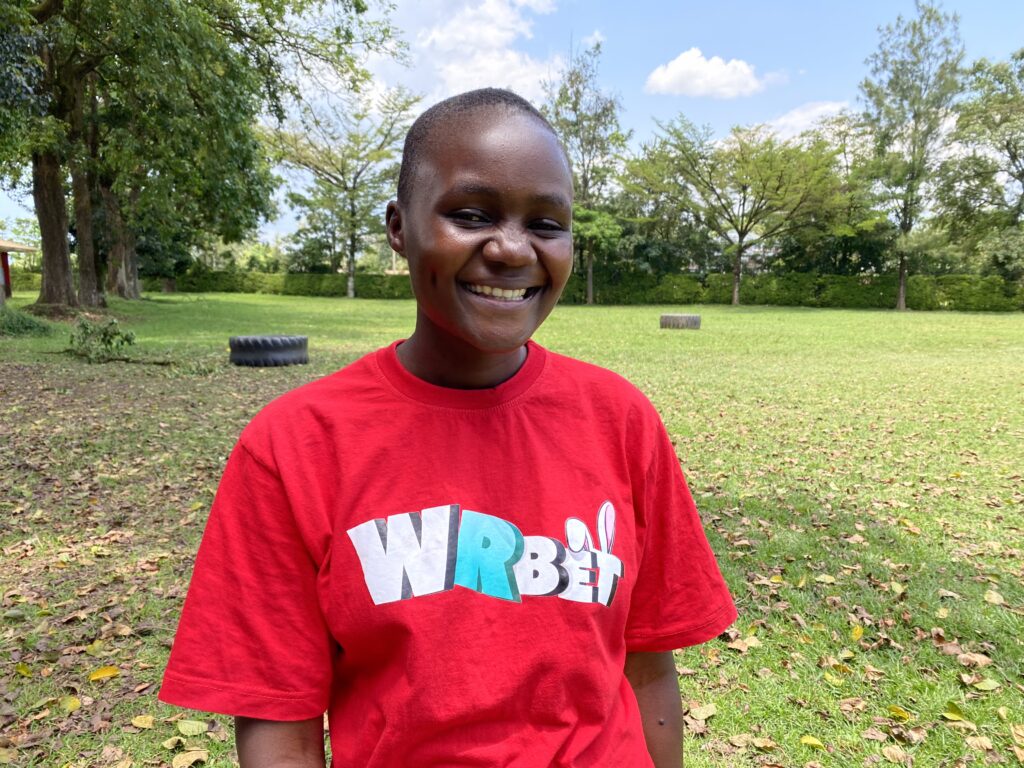
After her guardian lost her hearing due to illness, Esther was enrolled at Mumias School for the Deaf, where she learned her first signs — a language that became her calling. Though she later transferred to a regular school, her bond with the deaf community only became stronger. “Even in high school, I had more stories with the deaf than with the hearing,” she said.
Her passion took her to Karen School for the Deaf and later Kenyatta University, where she refined her interpreting skills. But her path changed when she met George, a deaf footballer in Kakamega. Through him, she began volunteering with deaf athletes, translating during matches, traveling, and even having heated arguments with referees.
“One day, a disagreement broke out in Kisumu,” she recalled. “I helped solve it through sign language. After that, she said, George thought out loud and said, ‘It will be wise for us to have you around, wherever we go.’” That was how she became a member of their team.
Today, Esther serves as a sign language interpreter for the Western Star women’s football team, as well as the Sukari Deaf men’s football team, both in Kenya’s Kakamega County. She also does more than interpret for the teams, having taken on additional roles, and is fully devoted to the cause. “It’s not easy,” she admitted, “but my passion keeps me going.”
As I watched her interact with Maximila, I admired her clarity and kindness. In a world full of noise and pressure, she communicated with calmness and patience — never frowning once, even when repeating instructions.
As fulfilling as it is, her work hasn’t been without challenges. The line between the hearing and deaf worlds can be blurry or sometimes misunderstood.
“They have their own culture, and we also have our own culture as the hearing community. Sometimes, I meet (deaf) people who like me and, maybe, even want to marry me. But when I tell them I am already dating, they ask why I am serving them, yet I can’t date one of them?” she said.
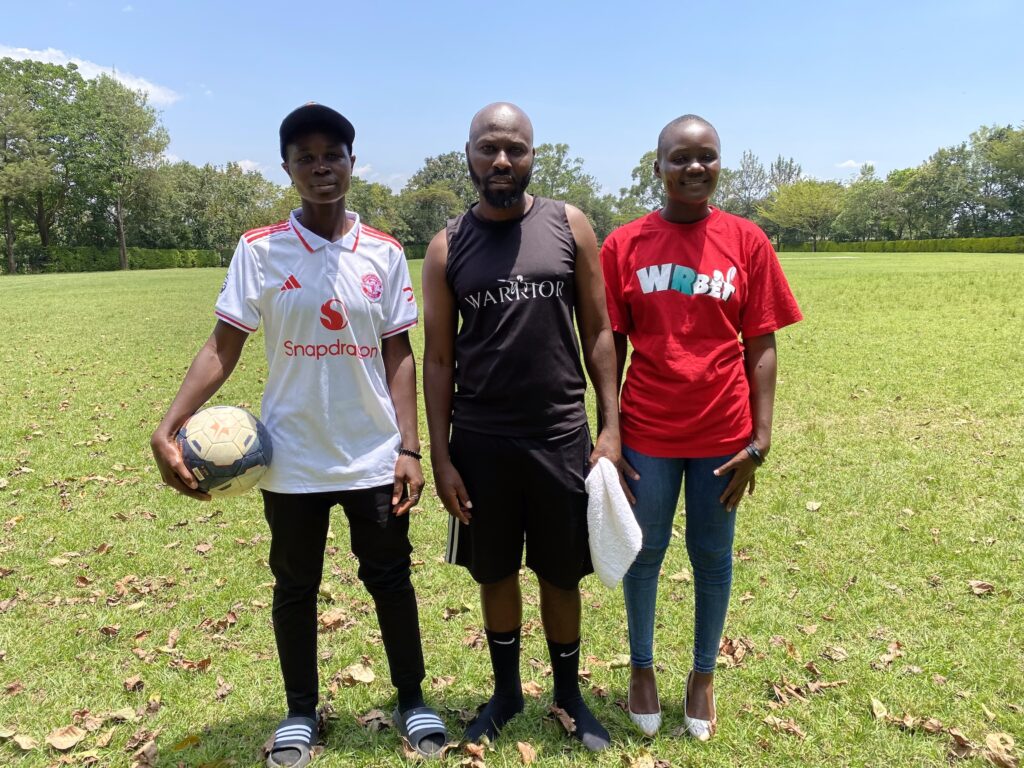
Despite such challenges, Esther remains steadfast, mentoring more than 30 young deaf girls, advocating for inclusion, and building bridges where silence once stood. Her family had questioned her dedication to the deaf community, but now they are proud, especially after Kenya qualified for the 25th Summer Deaflympics in Tokyo.
“There are high expectations now. Being associated with deaf women’s football might bring back something.”
As she spoke of Tokyo, I found myself sharing her excitement — not just for her success, but for what it symbolized: visibility and hope for a community often overlooked.
“I’ve travelled, met people I never imagined meeting, and seen how powerful this community can be,” she said. “If given support, the deaf can go far — maybe farther than anyone expects.”
As we wrapped up our discussion, Esther reflected on the world she’s built through sign language. She noted that the deaf community is different — they are open, diligent, and very welcoming, particularly if one knows even a little sign language. “Once you know it (sign language), you are a friend to people in the deaf community.”
That’s very true. Esther taught me some basic signs, and later on, after I spoke to Maximila, I could see how forthright she was. And even when I said ‘thank you’ in sign language, she beamed widely in appreciation. It’s amazing how some small things make a big difference in people’s lives.
As we left, I realized how much I had learned from Esther — about inclusion, patience, and truly listening beyond sound. Esther’s biggest victory isn’t on the pitch. It’s ensuring that no deaf voice, or hand, goes unheard, unlike during those church sermons on Sundays gone by.


